Best Face Masks for Kids and Everyone in the Family
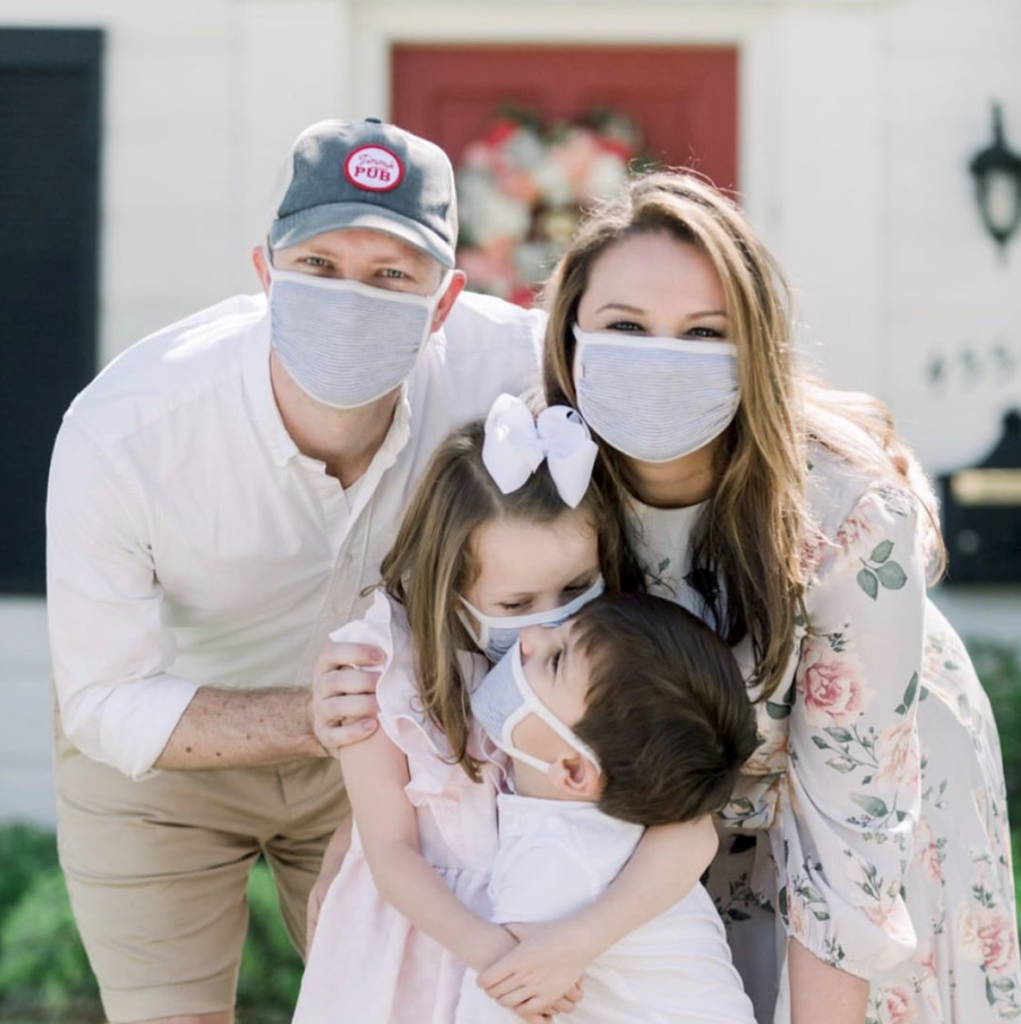
If anyone had told us that face masks would be the hottest accessory of 2020, we probably would have laughed our 🍑🍑🍑 off. What is this? Gilead? Yet here we are, and as the world grapples with how to combat the pandemic, face masks are selling like hotcakes, and for good reasons… (yes, that includes face masks for kids!).
It turns out, after MUCH debate, that face masks are one of the most effective ways (outside of staying at home altogether) to stop the spread of the coronavirus.
Contrary to early reports that face masks were “useless” for personal protection from viral spread, it turns out that masks work for both defense and offense. That is, they help defend wearers against viral load (by some amount), but more importantly, they also prevent wearers who may unknowingly be sick with COVID-19 from infecting others.
Though these percentages are an educated guess, here’s how it generally works:
That said, there are many factors that come into play. As Dr. Shelley Payne, director of LaMontagne Center for Infectious Disease at the University of Texas in Austin, explained, masks’ efficiency “will depend on a number of factors, including amount of virus shed by the case or carrier, distance between the two individuals, type of mask material, fit of the mask.” But more on that later…
The truth is that an N95 mask provides the best defense against the inhalation of viral droplets. Before the crisis, one could easily order a 20-pack of 3M N-95s off Amazon (prior to this, they were primarily used for home improvement projects, like sanding and painting). But in an effort to help preserve the precious few surgical mask supplies for medical staff and first responders, many clothing companies have started to make cloth masks for the general public.
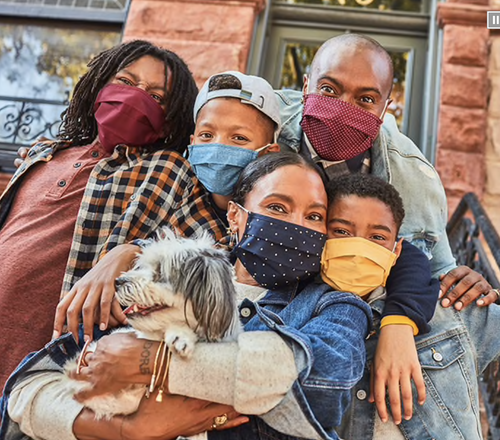
The results are rather cute; as cute as a face mask can be. There are many options out there — for both kids and adults — but we whittled it down to our favorites.
Below is a list of masks that our team purchased and tested, followed with guidelines on how to use them and best care practices.
Best Face Masks for Kids and Everyone in the Family
*Important: although it’s tedious and annoying, it’s actually very important to take your facial measurements (and your kids’) and cross reference sizing charts to make sure you order the right size mask.
Vistaprint Kids and Adults Face Masks Joah Love Adjustable Face Masks Old Navy Face Masks Target Face Masks Disney Masks Christy Dawn Masks Crayola 5-Pack Face Masks Wearable Masks Buru But Make It Fashion Masks LA Made Face Masks Rag & Bone Masks Cubcoats Kids Masks Aloha Picnic Masks Etsy Craftsy Vicky Masks Alex and Nova Organic Cotton Masks Hedley and Bennett Wake Up and Fight Masks Happy Masks Hadley Girl Face Masks Athleta Girl Made to Move 3-Pack Face Masks Baggu masks
Best Fit/Usage Guidelines
Not all masks are created equal, and you need to follow some guidelines to make sure you make the most out of your masks. Here’s what you need to know.
1. Fabric
Any kind of face covering is better than none. And there are many different kinds of fabrics you can use for masks. The New York Times reports, “The biggest challenge of choosing a homemade mask material is to find a fabric that is dense enough to capture viral particles, but breathable enough that we can actually wear it.”
According to a study done by Wake Forest Baptist Health, the best-performing masks were made of high-thread count quilter’s cotton (180 or more) — offering protection comparable to surgical masks.
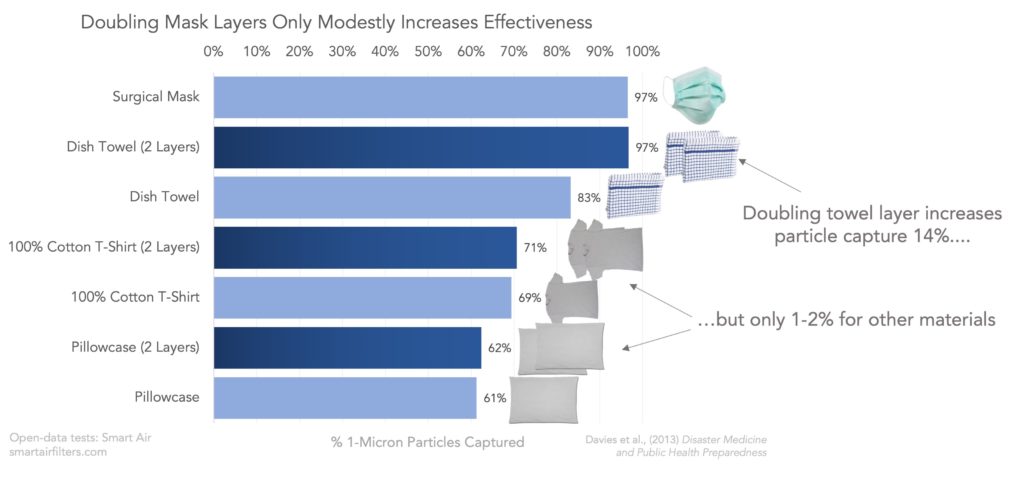
More recently, researchers found out that triple-layered masks of tightly woven cotton (600 threads/inch) and two sheets of chiffon (made from polyester and spandex) can filter up to 80-99% of particles, rivaling N95 masks.
This is likely most useful if you’re crafty and plan on making your own masks, though it’s also good to know and keep in mind when shopping for them online. When in doubt, don’t hesitate to reach out to the brands to ask about the materials that they use.
Many people have been adding filters — like HEPA air purifying filters or, wait for it, even coffee filters — to their face masks. If you’re going out in public, it’s a great way to give yourself extra protection, especially if you know you’ll be in a situation where you won’t be able to social distance. This is particularly helpful if your masks are made of thin fabric or have a looser weave.
Do you already have a mask at home? Or maybe you made your own? You can actually do a “light test” to get an idea of how much particle filtration your masks offer. Hold your mask by a light and see how much light gets through. The more light passes through, the less protection you’ll get.
If you plan on using a filter, make sure that you have a mask with a pocket to sandwich it between two layers of fabric. The Huffington Post reported that some air filters could shed some particles (like glass fiber and other synthetic material) that could cause respiratory problems in the long run.
2. The Fit
The fit of any mask is crucial to its effectiveness. In fact, you can have the best-performing mask on the market — it won’t matter if it doesn’t fit your face properly.
Your face mask should go from near the bridge of your nose to down under your chin, and it should stretch at least halfway towards your ears.
The CDC recommends that masks fit snuggly but comfortably against the side of the face; be secured with ear loops or ties; include multiple layers of fabric without restricting breathing; be washable without any damage.
If a mask doesn’t fit tightly enough, particles will be able to come in through the sides. What’s more, if it’s got a loose fit, a mask will be more likely to slide around on your face, causing you to touch it and your face more frequently, which would ultimately defeat the purpose of wearing one in the first place.
3. Cleaning and Care
The good thing about cloth masks is that you can reuse them. Though surgical masks degrade with each wash, fabric masks can and should, according to the CDC, be washed regularly. You can do so either in the washing machine or by hand (in the sink) using regular laundry soap.
The New York Times additionally reports that you can use the dryer or let a mask air dry, and “you can also go over it with a hot iron for a full assault on any germs that might remain.”
Since you will need to clean your cloth mask regularly, it’s probably a good idea to get a few masks for each member of the family.
There you have it… a quick guide to facial masks, with some of our favorites out there. Let us know if you have a favorite brand you want to put on our radar.
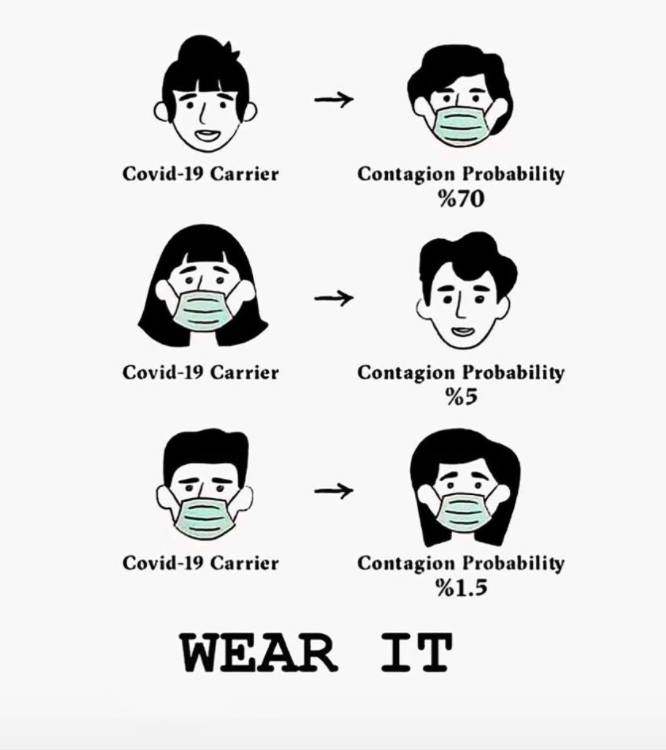

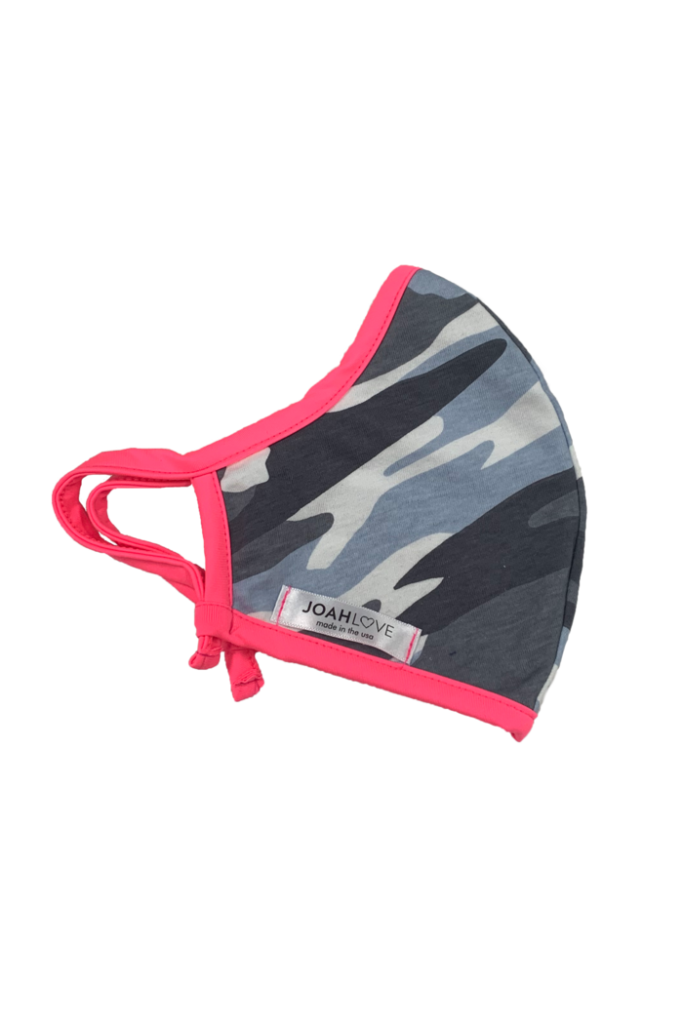
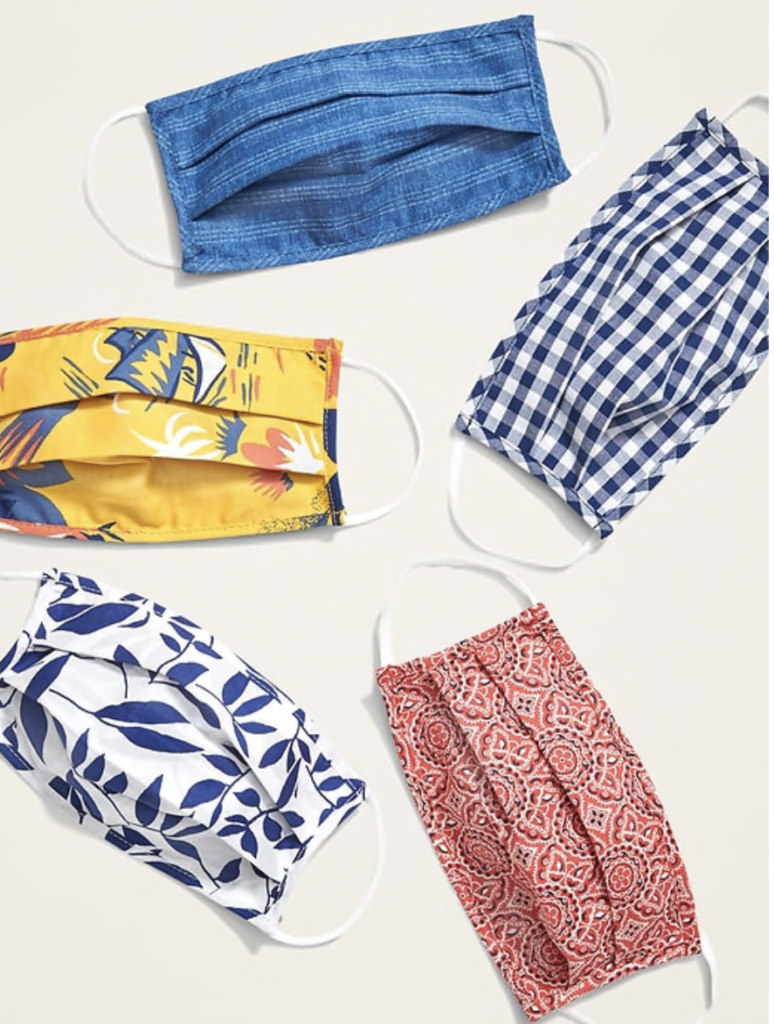
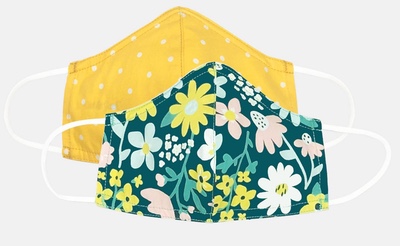
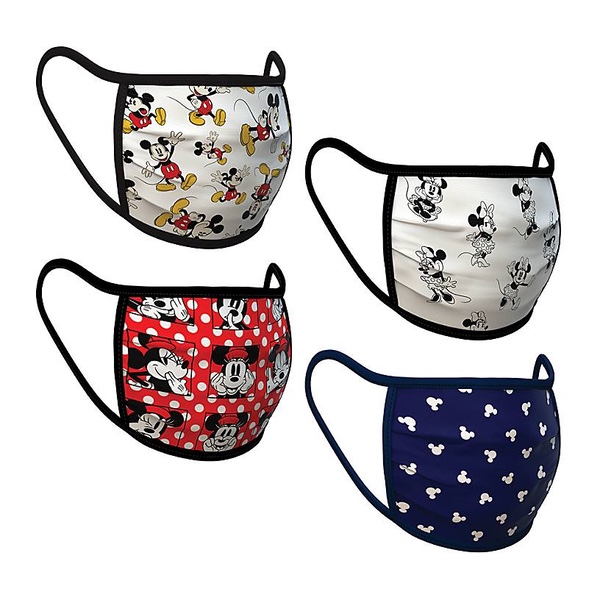
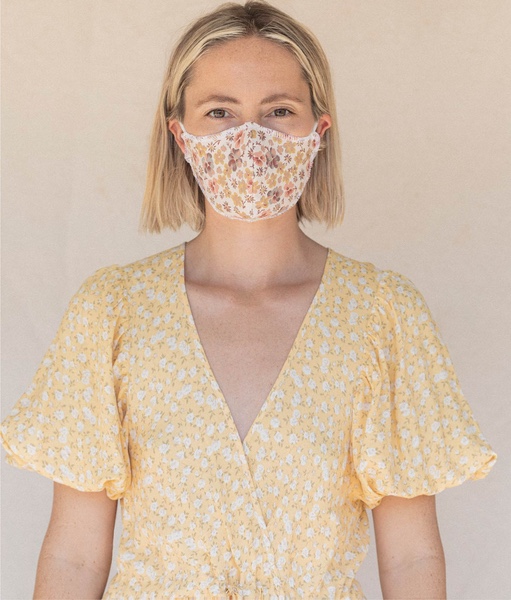
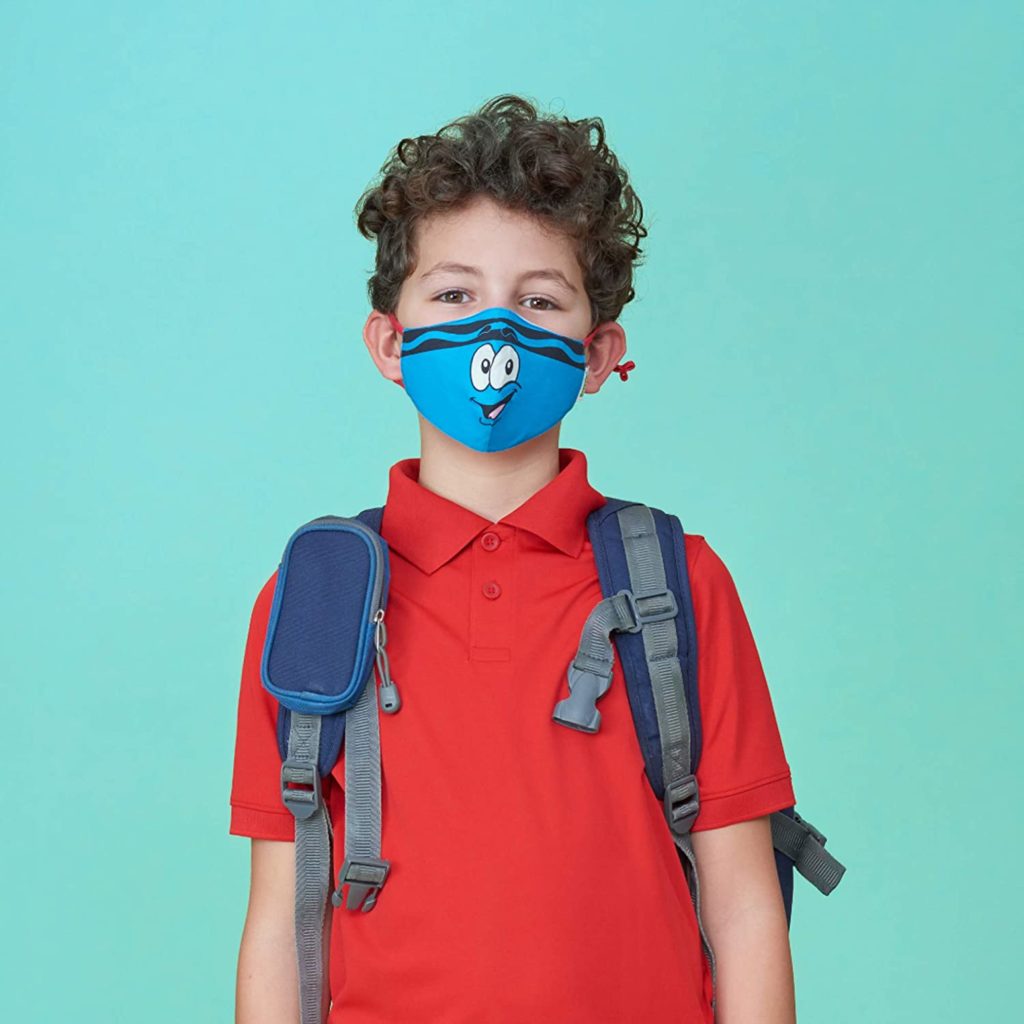
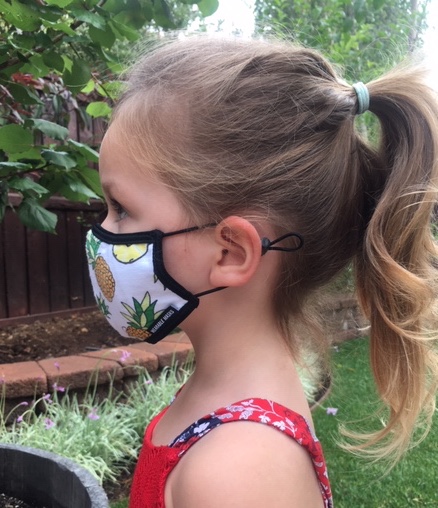
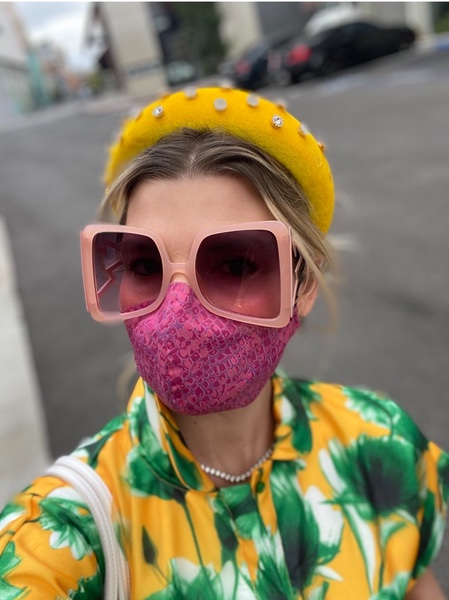
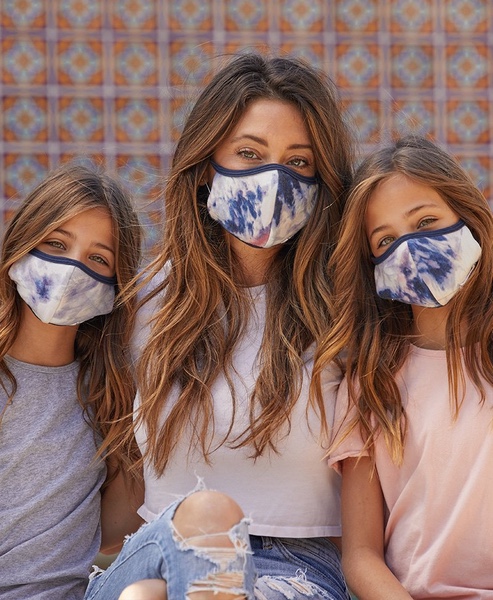

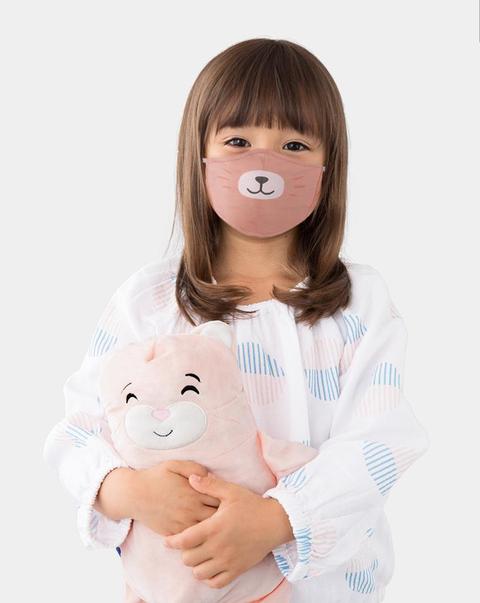
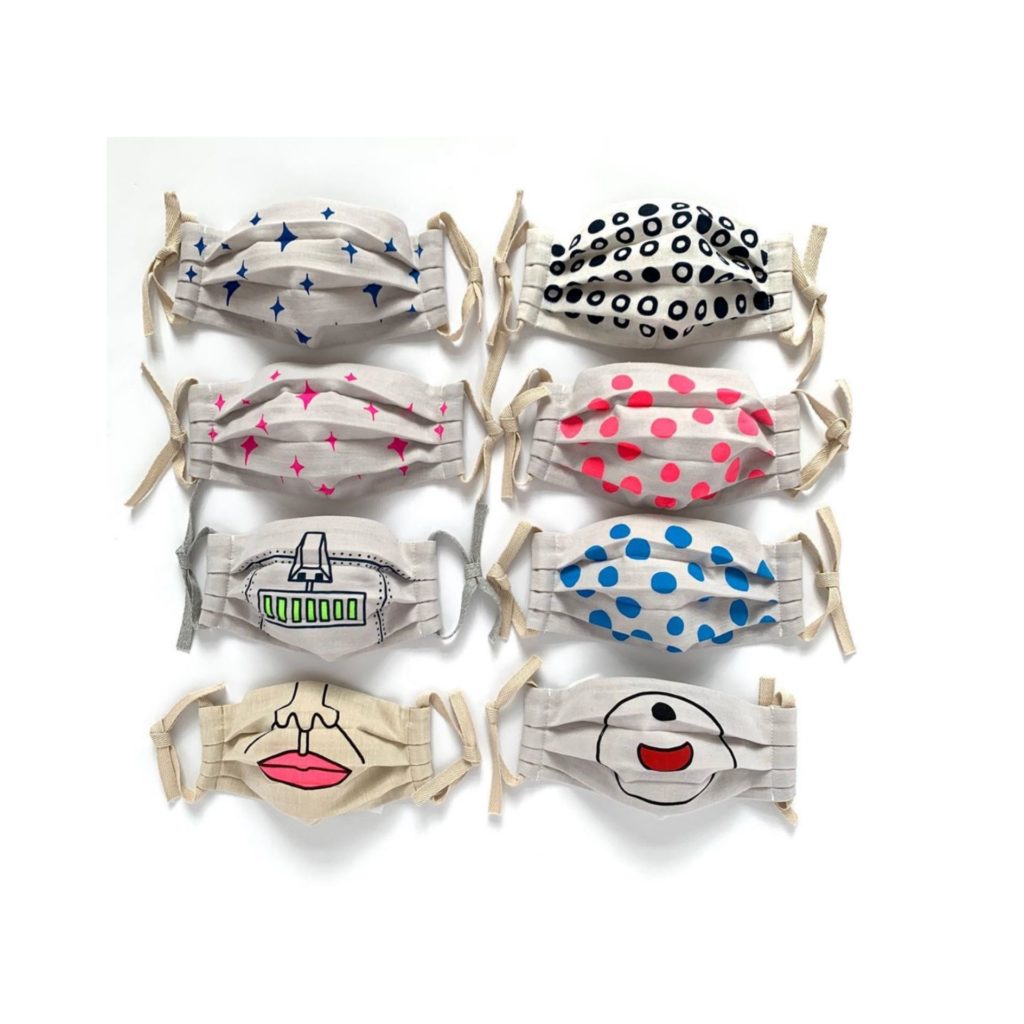
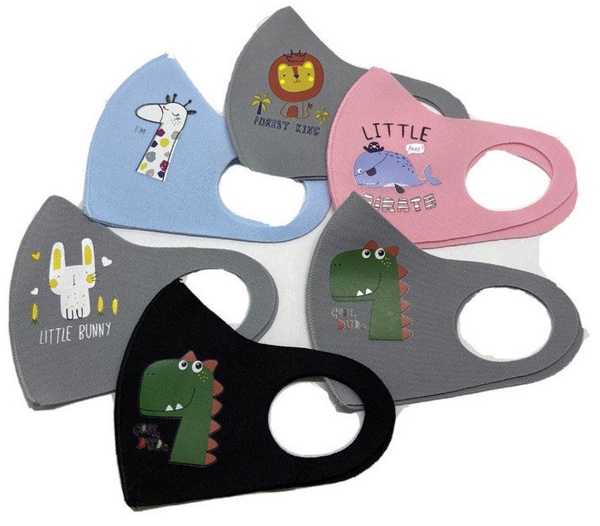
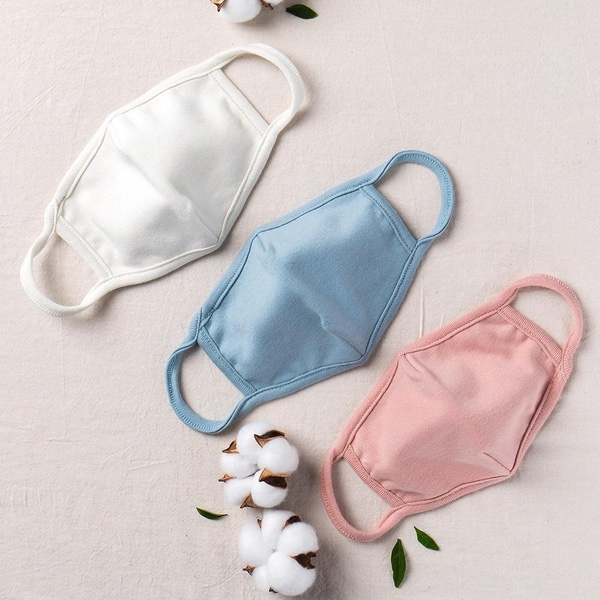

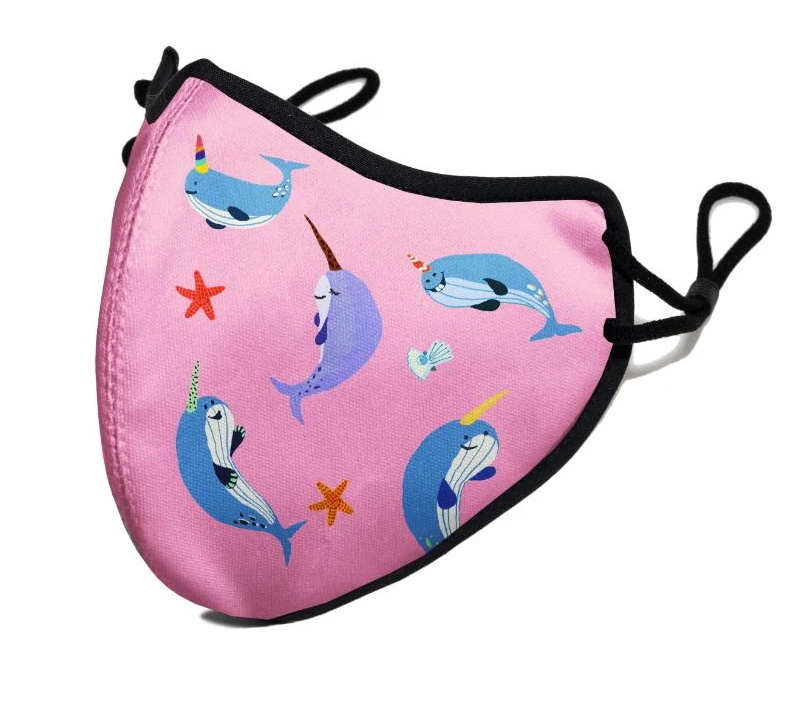
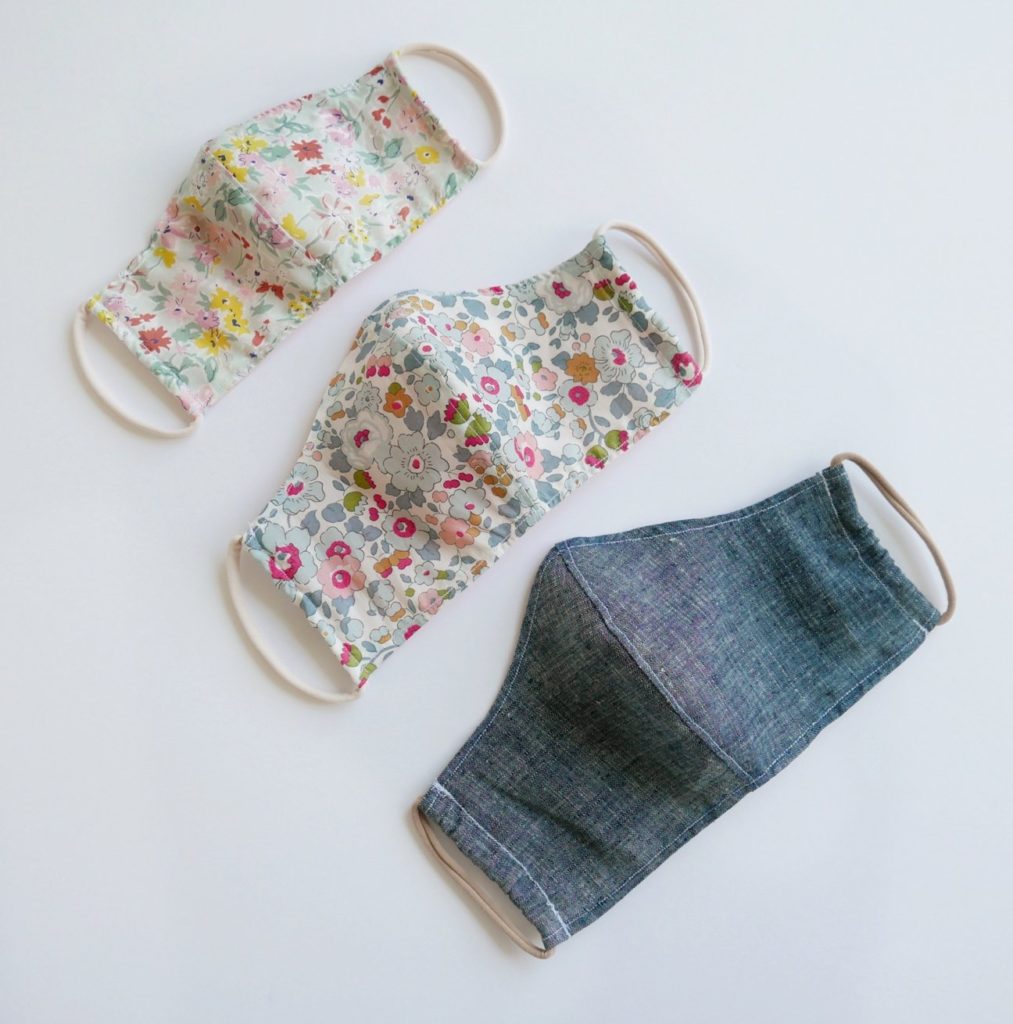
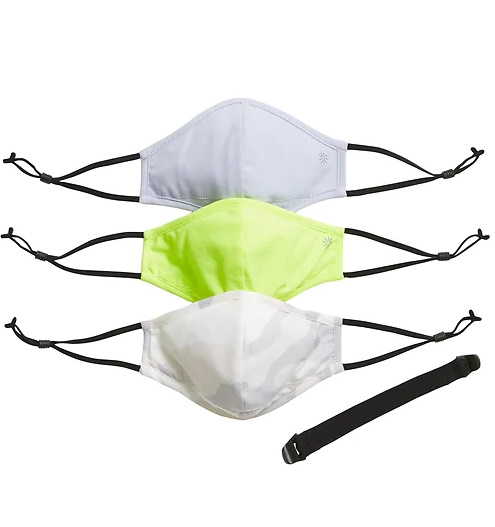
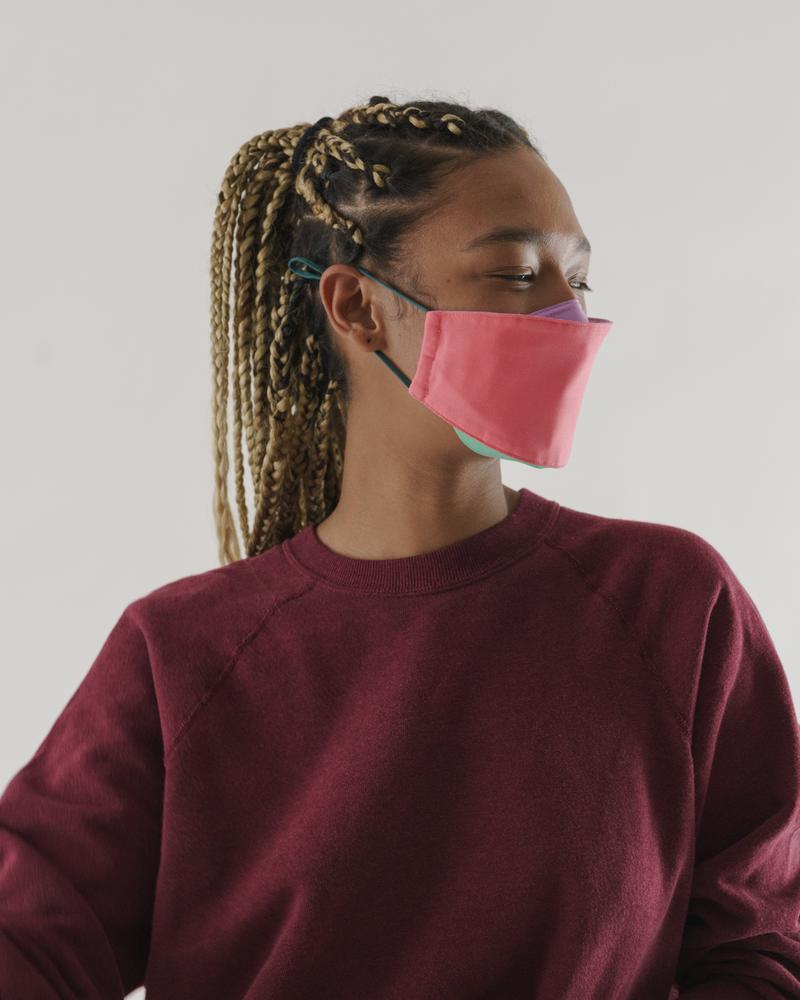
Thank you so much for including our masks from Aloha Picnic! We feel so honored to be introduced to your readers. Thank you and stay safe!
UB2, which makes the best kids bonnets (they actually stay on!) has come out with masks that also actually stay on! They are easy to adjust and my (agreeable) four year old will wear it without issue. https://urbanbabybonnets.com/collections/face-masks
Cubcoats never delivered the masks that I ordered. Avoid and order elsewhere.
Any recommendations for disposable/surgical masks available for kids? It’s hard to navigate all the options!
Hello. Thanks for reaching out. We will do some research and add to our guide on here and in our upcoming back-to-school content. Thanks!
Have you found any safe mask lanyards? Many that I see don’t have a breakaway clip and that makes me uncomfortable.
Hello, and thanks for your comment. We are going to post some mask accessories (including lanyards) later this week for back-to-school. Stay tuned! 🙂
The best masks for my toddler so far are from MPress Atelier (https://mpressatelier.com/product-category/facemasks/kids-face-mask/). Like this article says, these kids’ masks are made of the right material, have a great fit, and hold up over MONTHS of regular laundy. I’m updating my masks for the Spring/Summer now – I love the adult masks with nose wire and adjustable ear loops. They do have a filter pocket, but I haven’t tried it.